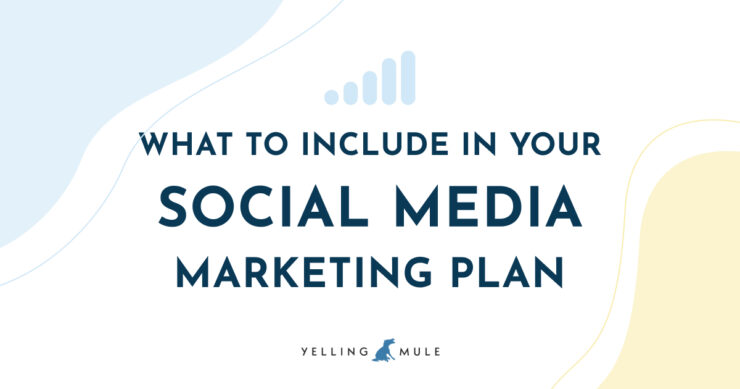What to Include in Your Social Media Marketing Plan
May 1, 2025
Tik Tok
Innovation
Social Media
How To
Marketing
Small Business

Creating a comprehensive social media marketing plan is crucial for building your brand’s presence and engaging effectively with your audience. Here are key components to include in your plan:
1. Set Clear Goals
Define what you aim to achieve through social media. Goals should be aligned with your overall business objectives and follow the SMART criteria: Specific, Measurable, Achievable, Relevant, and Time-bound. Examples might include increasing brand awareness, driving website traffic, or boosting sales.
2. Identify Your Target Audience
Understand who your audience is and what they care about. Consider factors such as demographics, interests, and online behavior. This will help tailor your content to meet their needs and preferences.
3. Conduct a Competitor Analysis
Analyze your competitors to understand their social media strategies. Identify what works for them and areas where you can differentiate. This can provide insights into industry trends and help refine your own strategy.
4. Choose the Right Platforms
Select social media platforms that best suit your business and audience. Not all platforms will be relevant for every brand. Consider where your audience spends their time and which platforms align with your content type and business goals.
5. Create a Content Strategy
Develop a content plan that outlines the type of content you will create and share. This should include a mix of formats such as blog posts, videos, infographics, and user-generated content. Consider creating a content calendar to schedule posts and ensure consistency.
6. Engagement and Community Building
Plan how you will engage with your audience. This includes responding to comments and messages, participating in conversations, and fostering a community around your brand. Engagement is key to building relationships and loyalty.
7. Set Up a Posting Schedule
Establish a consistent posting schedule to keep your audience engaged and informed. Determine the best times to post based on when your audience is most active, and use scheduling tools to automate posts.
8. Utilize Paid Advertising
Consider incorporating paid advertising to reach a broader audience and achieve specific goals, such as driving traffic or conversions. Define your advertising budget and choose ad formats that align with your objectives.
9. Measure and Analyze Performance
Determine key performance indicators (KPIs) to measure your success. This could include metrics like engagement rates, follower growth, website traffic, and conversion rates. Use analytics tools to track performance and make data-driven decisions.
10. Adjust and Optimize
Regularly review your performance data and adjust your strategy as needed. Be open to experimenting with new content types, posting times, and engagement tactics to optimize your social media efforts.
By including these elements in your social media marketing plan, you can create a structured approach that enhances your brand’s online presence, engages your audience, and supports your overall business goals.

